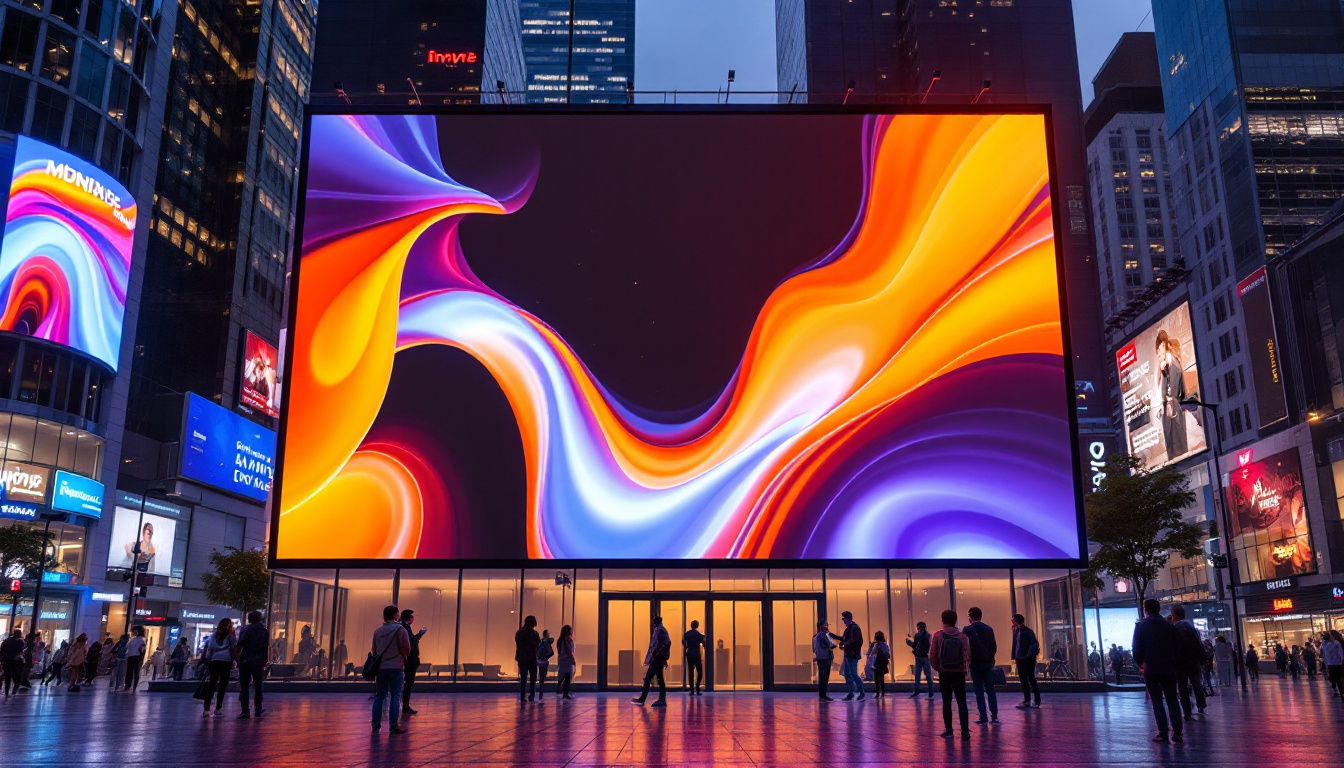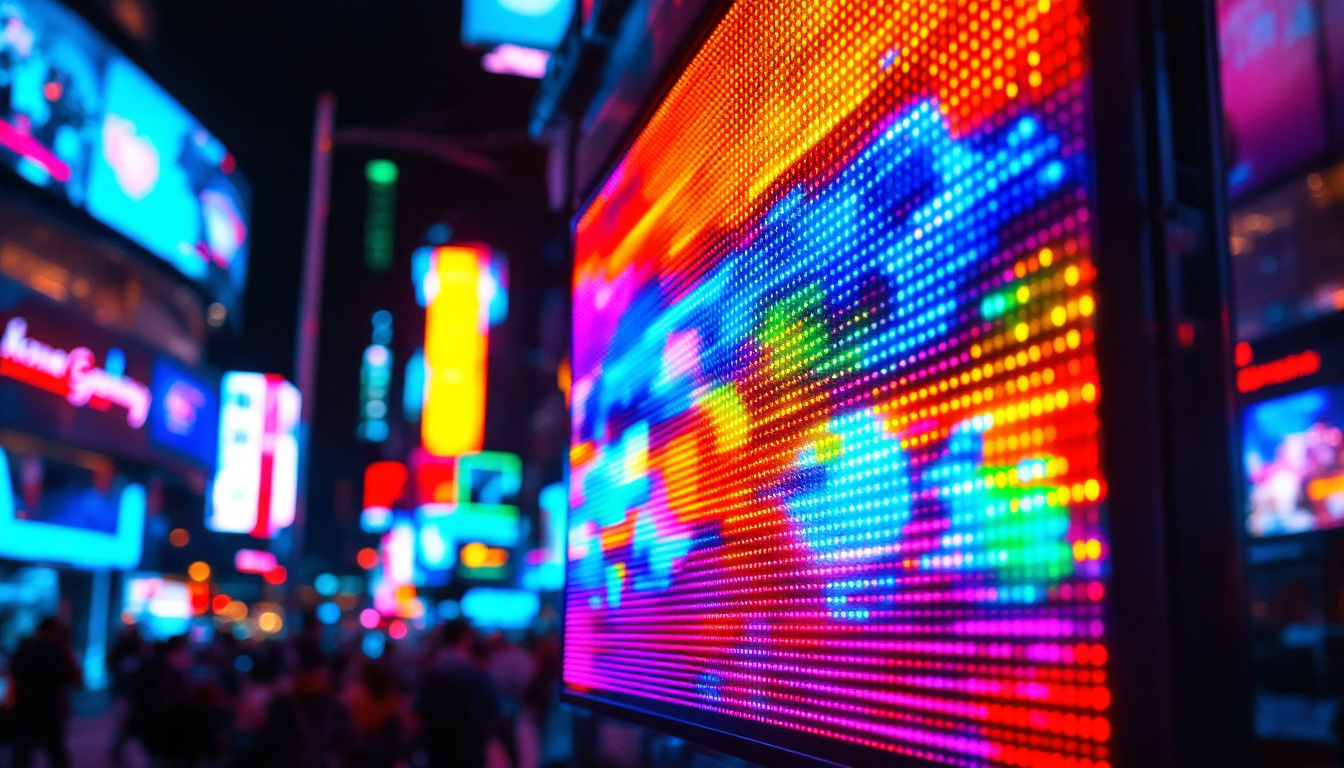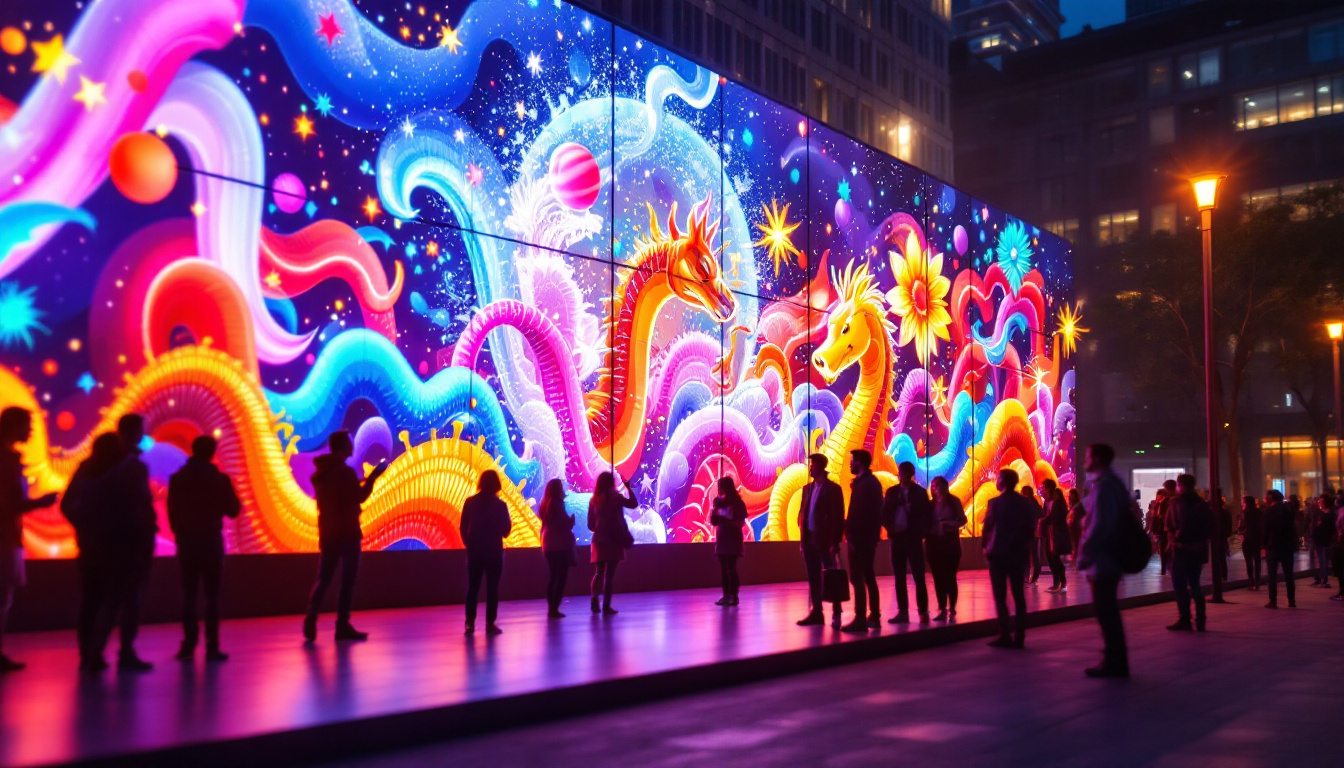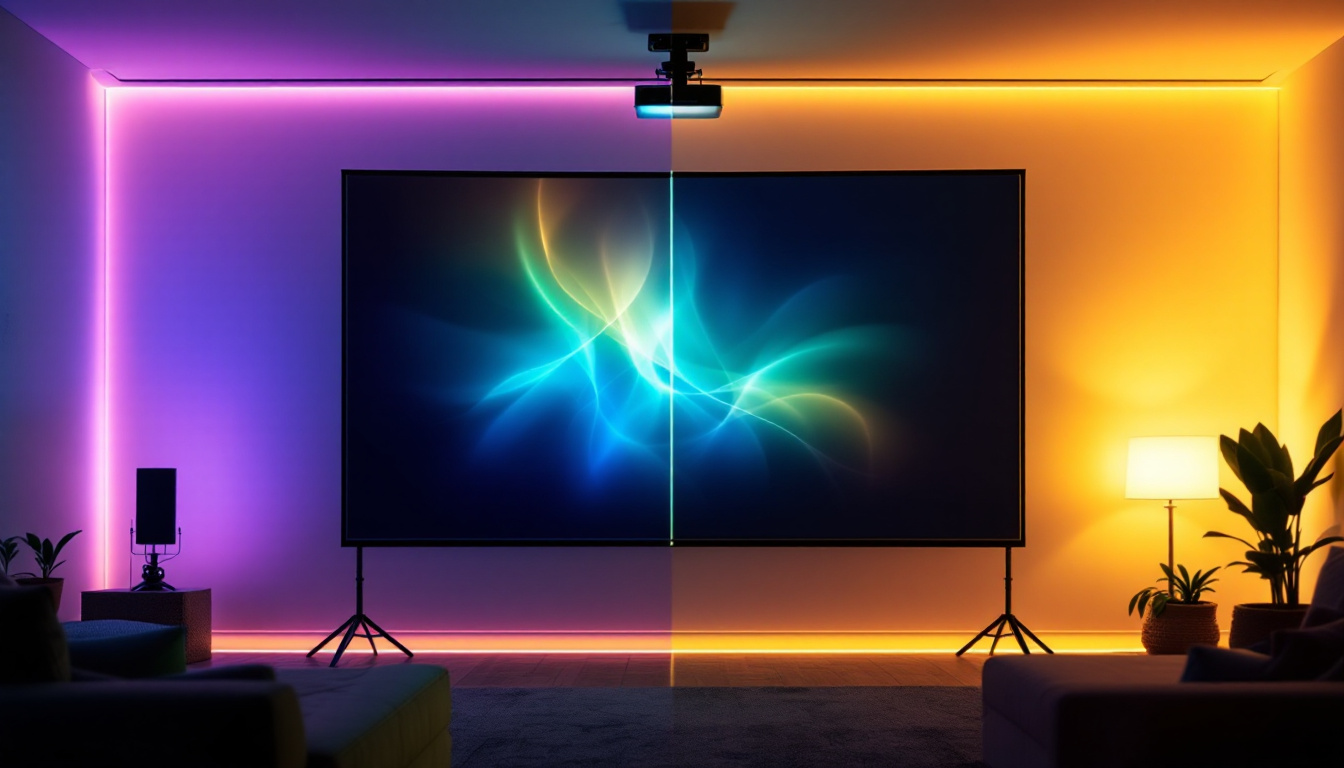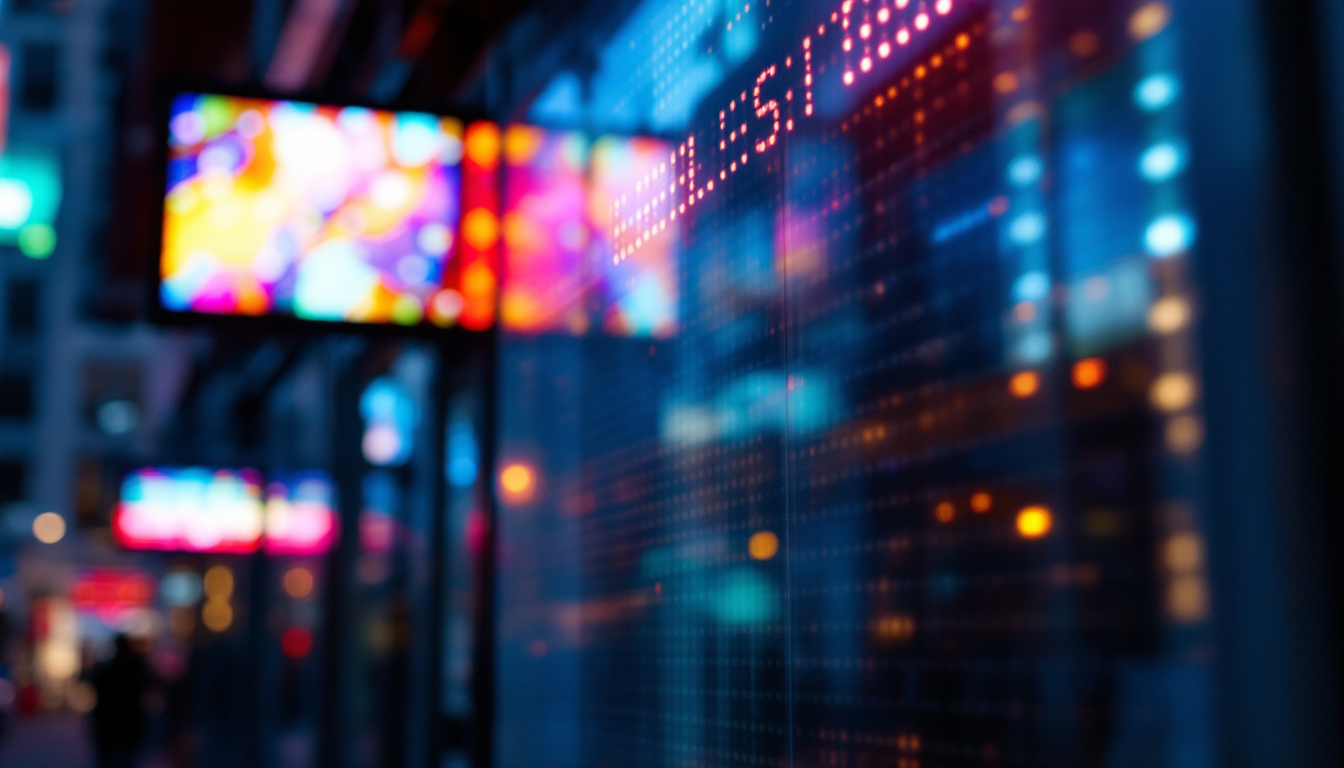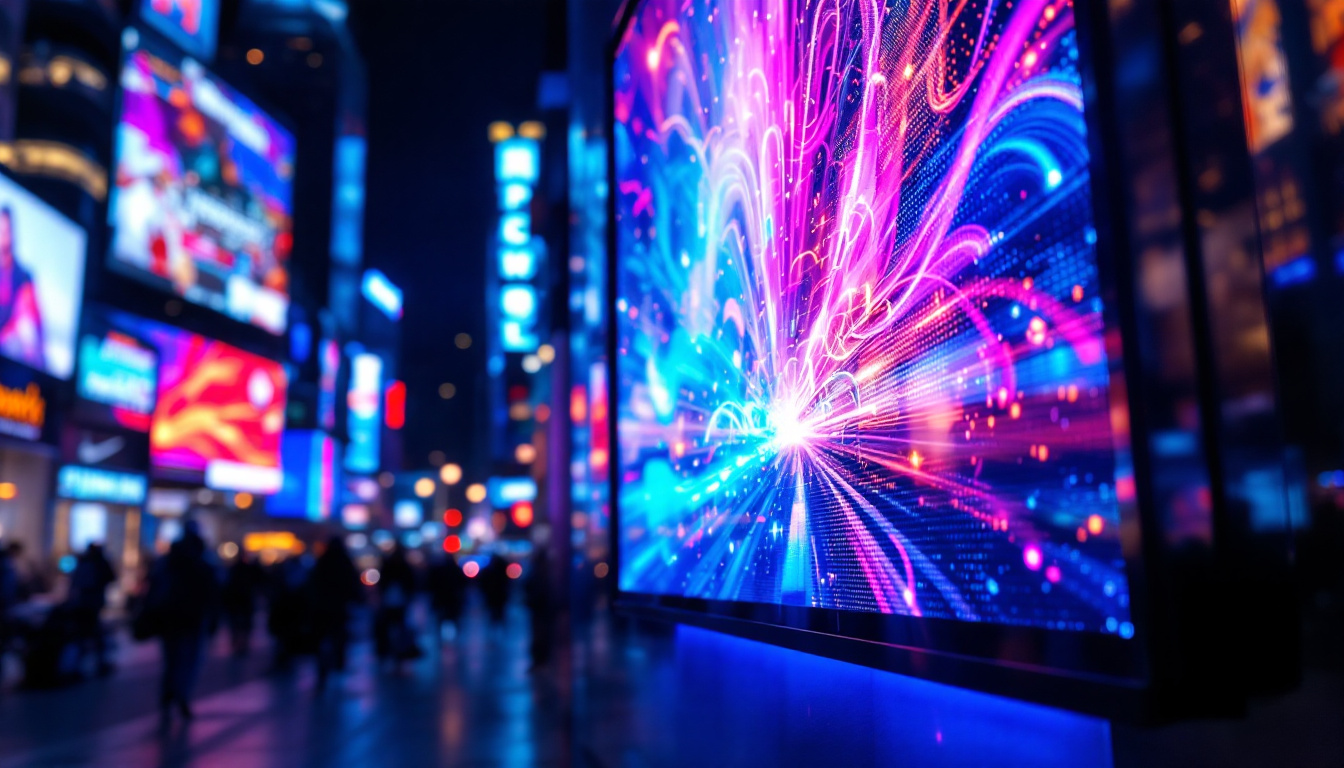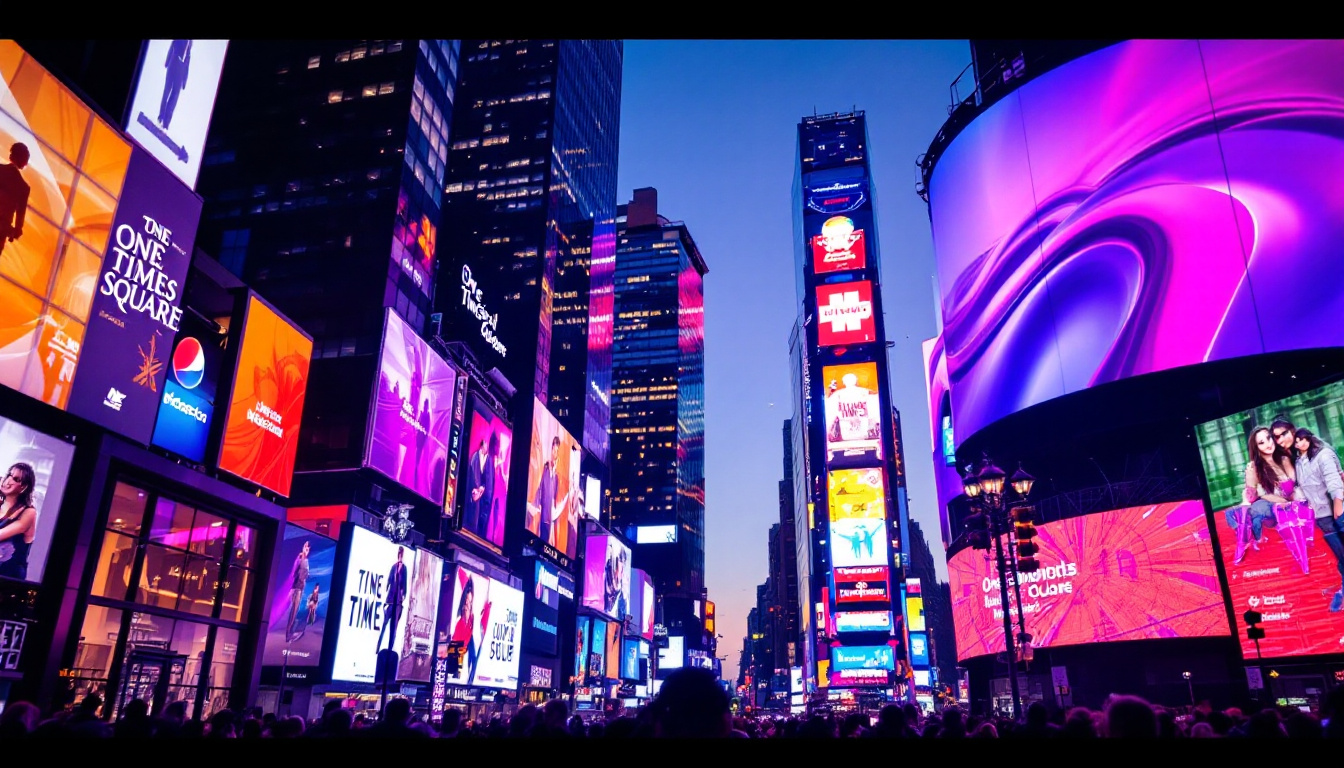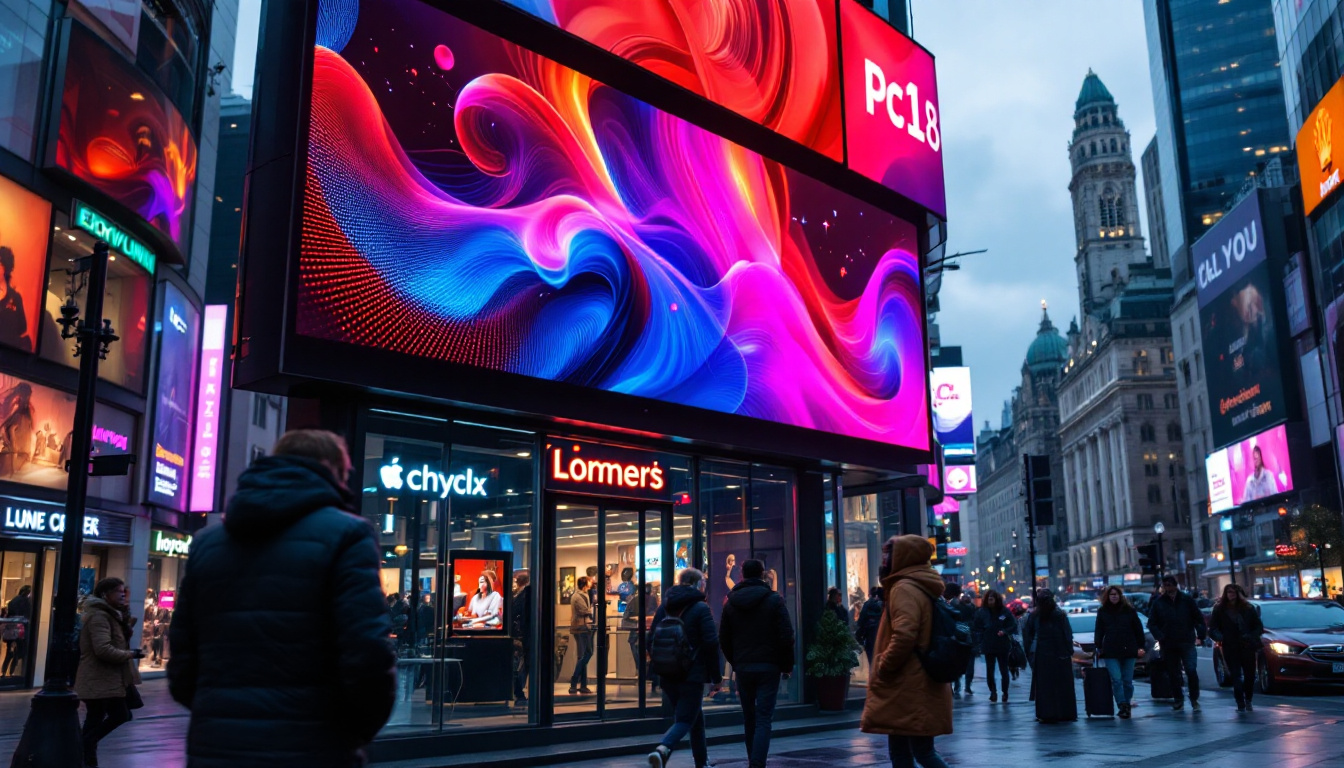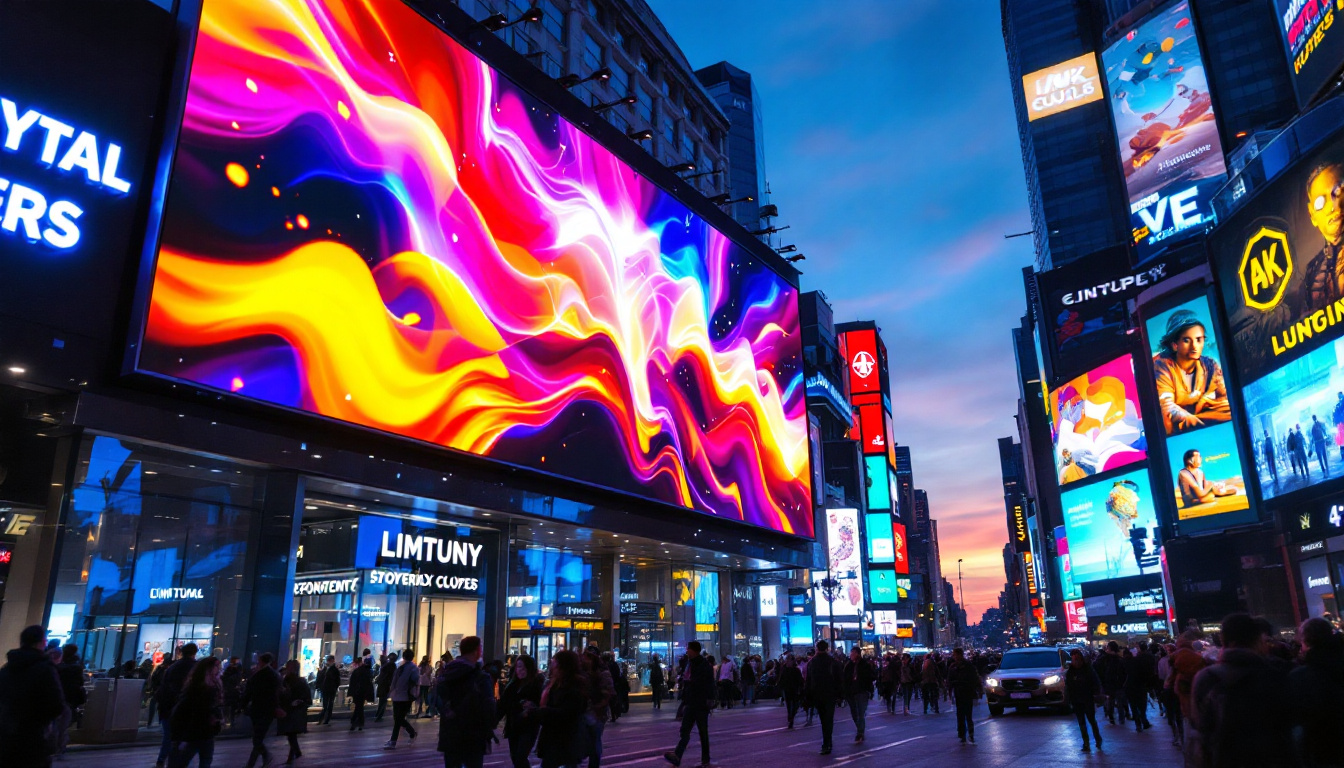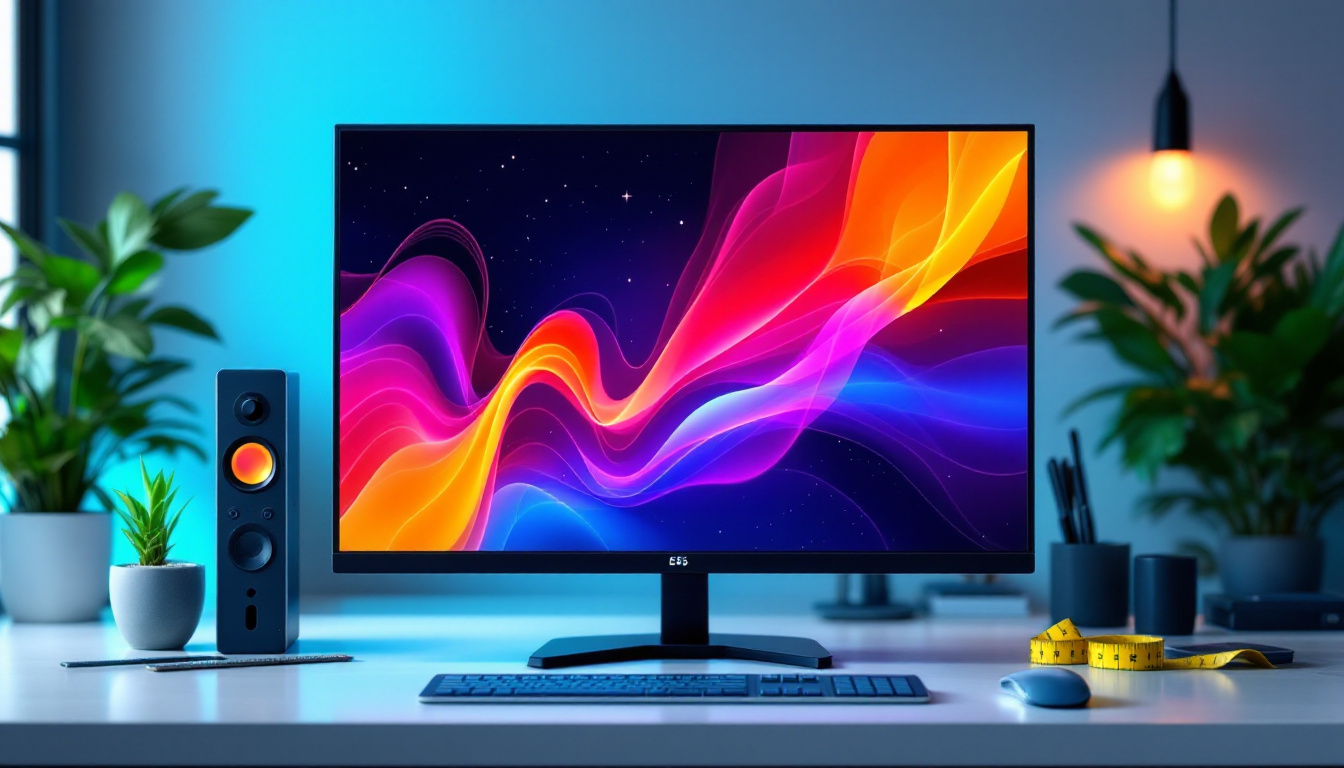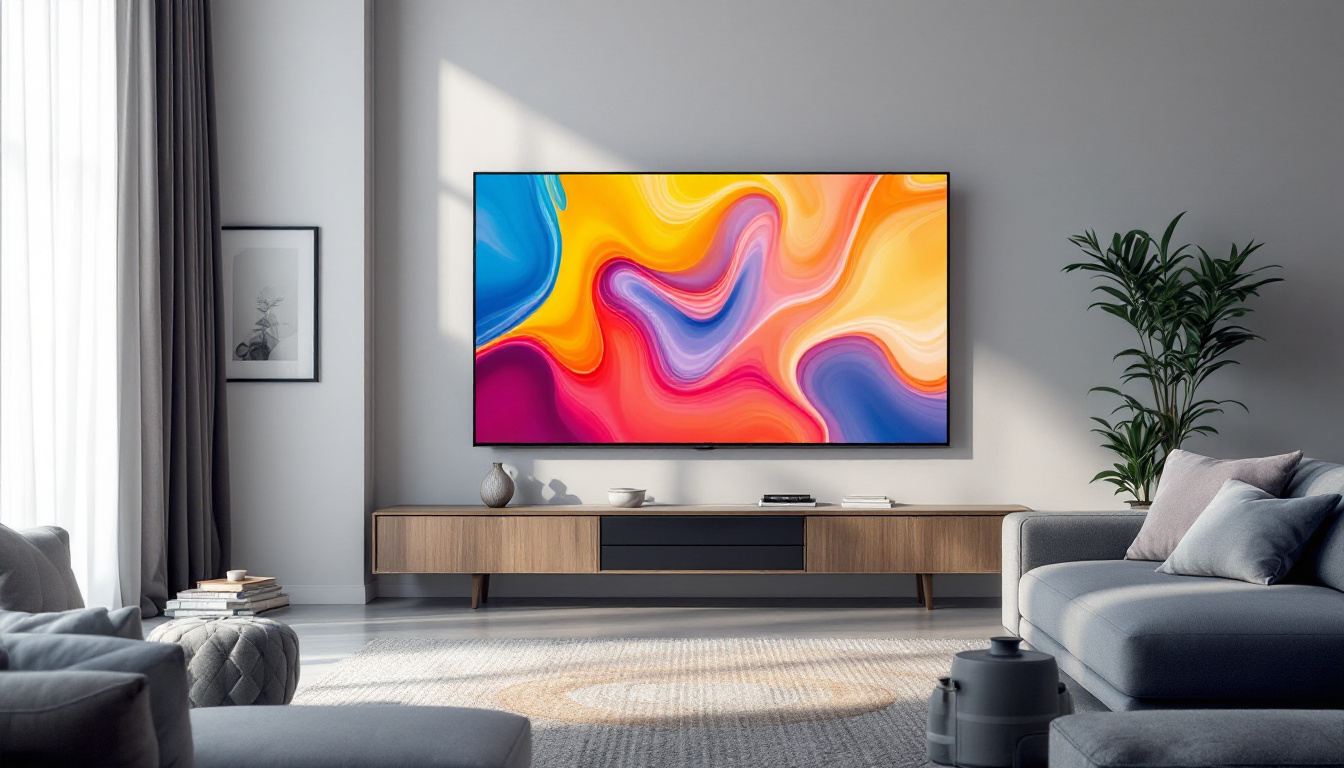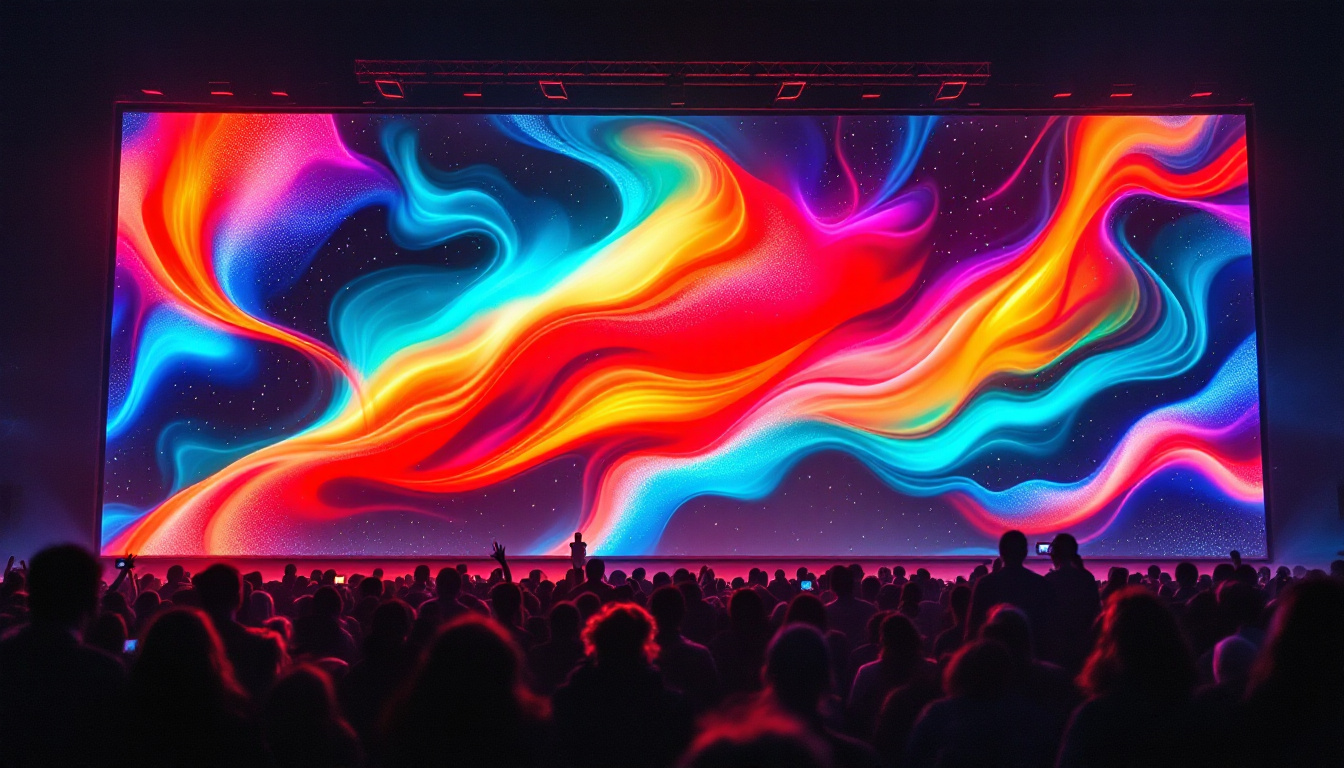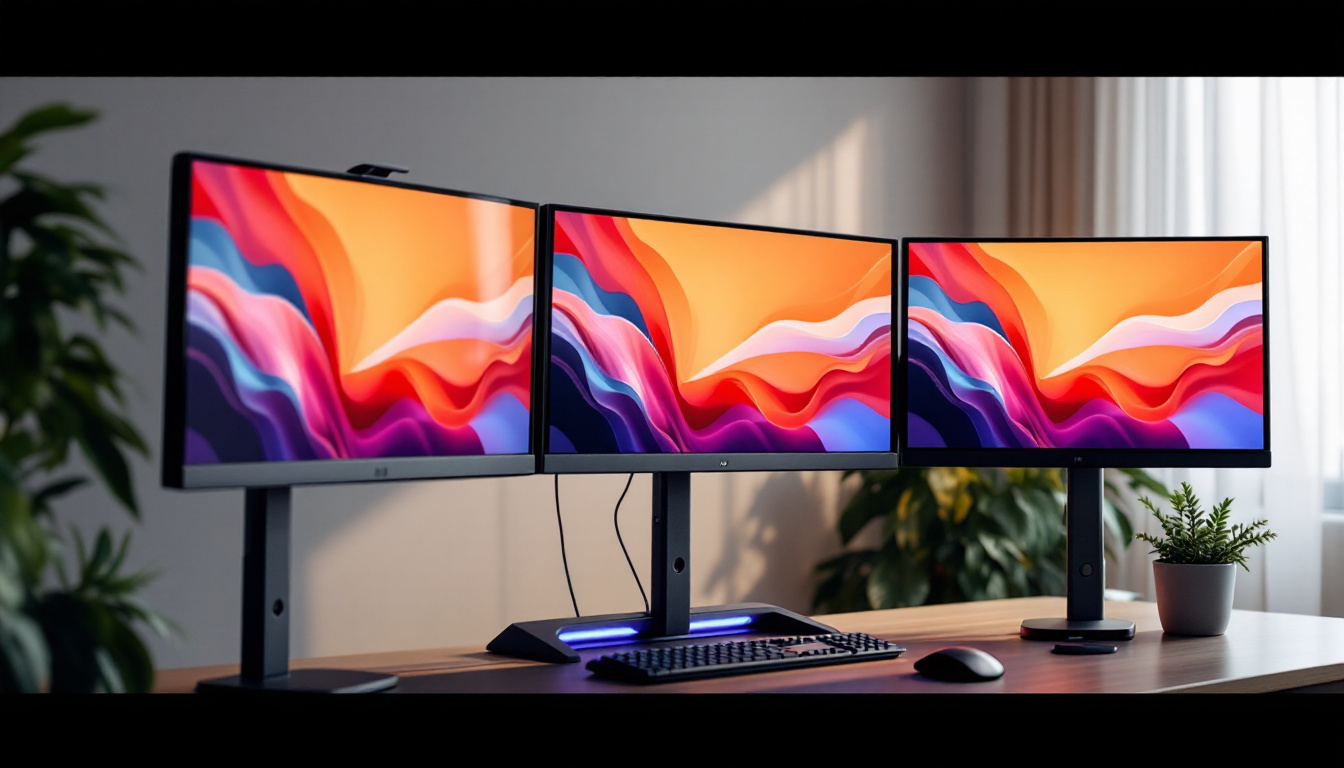Largest LCD: LED Display Explained
In the realm of modern display technology, few innovations have made as significant an impact as LCD (Liquid Crystal Display) and LED (Light Emitting Diode) technologies. These displays have transformed the way we consume media, from televisions to smartphones and beyond. This article delves into the intricacies of LCD and LED displays, exploring their functionalities, advantages, and the largest models available today.
Understanding LCD Technology
LCD technology has become a staple in the display industry due to its ability to produce high-quality images while being energy-efficient. At its core, an LCD uses liquid crystals sandwiched between two layers of glass or plastic. When an electric current passes through the liquid crystals, they align to allow varying degrees of light to pass through, creating images. This innovative technology has revolutionized everything from televisions and computer monitors to smartphones and digital signage, making it a ubiquitous presence in our daily lives.
One of the key advantages of LCD technology is its thin profile, which allows for sleek and lightweight designs. Unlike older cathode ray tube (CRT) displays, LCDs can be made incredibly thin, making them ideal for modern aesthetics and portability. Additionally, LCDs are less prone to screen burn-in, a common issue with older display technologies, allowing for a more versatile use case across various applications. As manufacturers continue to innovate, we see advancements such as higher resolution displays, faster refresh rates, and improved color accuracy, enhancing the viewing experience even further.
The Components of LCDs
LCDs consist of several key components that work together to produce vibrant images. The primary layers include:
- Backlight: Most LCDs require a backlight to illuminate the display since liquid crystals do not emit light on their own. This backlight is typically provided by fluorescent tubes or LEDs. The shift towards LED backlighting has not only improved energy efficiency but also allowed for thinner designs and better contrast ratios.
- Polarizers: These are placed at the front and back of the liquid crystal layer to control the light passing through. They play a crucial role in ensuring that the light is properly aligned and that the colors appear vibrant and true to life.
- Color Filters: These filters separate the light into red, green, and blue components, which combine to create full-color images. The quality and precision of these filters significantly impact the overall color reproduction and accuracy of the display.
How LCDs Work
The process begins with the backlight illuminating the liquid crystals. When an electric current is applied, the crystals twist and change alignment, which alters the amount of light that can pass through. This manipulation of light allows for the creation of images on the screen. By adjusting the intensity of the backlight and the alignment of the crystals, LCDs can produce a wide range of colors and brightness levels. Furthermore, advancements in technology have led to the development of various types of LCDs, such as Twisted Nematic (TN), In-Plane Switching (IPS), and Vertical Alignment (VA), each offering unique benefits in terms of viewing angles, response times, and color accuracy.
In addition to these technical aspects, the manufacturing process of LCDs is complex and requires precision engineering. The alignment of liquid crystals is achieved through a meticulous process that ensures uniformity across the display. Moreover, the integration of additional technologies, such as touch sensitivity in smartphones and tablets, has expanded the functionality of LCDs beyond mere display purposes. As the demand for higher quality and more interactive displays continues to grow, LCD technology is evolving, paving the way for even more innovative applications in the future.
The Rise of LED Technology
LED technology has taken the display market by storm, offering a more energy-efficient and brighter alternative to traditional LCDs. While the term “LED display” is often used, it is important to note that most LED displays are essentially LCDs that use LEDs as their backlight source. This evolution in display technology has not only transformed how we view content but has also paved the way for innovations in design and functionality across various devices.
Types of LED Displays
There are primarily two types of LED displays: edge-lit and full-array. Each has its own advantages and applications:
- Edge-Lit LED: In this configuration, LEDs are placed along the edges of the screen. Light is then guided across the display using a light guide plate. This design allows for thinner screens but may result in less uniform brightness.
- Full-Array LED: Full-array displays have a grid of LEDs behind the entire screen. This setup allows for better control of local dimming, resulting in deeper blacks and improved contrast ratios.
Advantages of LED Displays
LED displays offer numerous benefits over traditional LCDs, including:
- Improved Brightness: LED technology allows for higher brightness levels, making them ideal for viewing in well-lit environments.
- Better Color Accuracy: The ability to produce a wider color gamut enhances the overall viewing experience.
- Energy Efficiency: LED displays consume less power, which is beneficial for both the environment and operating costs.
In addition to these advantages, LED displays are also known for their longevity. With a lifespan that can exceed 50,000 hours, they significantly outlast traditional display technologies, reducing the need for frequent replacements. This durability is particularly advantageous in commercial settings, where displays are often in constant use. Furthermore, the robustness of LED technology allows for flexible applications, from large outdoor billboards to compact screens in mobile devices, showcasing its versatility across various industries.
Moreover, the rapid advancements in LED technology have led to the development of OLED (Organic Light Emitting Diode) displays, which take the benefits of LED a step further. OLED displays do not require a backlight, as each pixel emits its own light, allowing for even greater contrast ratios and true blacks. This technology is becoming increasingly popular in high-end televisions and smartphones, providing consumers with an immersive viewing experience that was previously unattainable. As the market continues to evolve, the integration of LED technology in everyday devices promises to enhance how we interact with digital content, making it an exciting time for both consumers and manufacturers alike.
The Largest LCD and LED Displays
As technology has advanced, so has the size of LCD and LED displays. The largest models available today are not only impressive in size but also in their ability to deliver stunning visuals.
Record-Breaking LCD Displays
One of the largest LCD displays is the 110-inch model developed by LG. This colossal screen utilizes advanced LCD technology to provide a 4K resolution, ensuring that images are sharp and detailed. Such large displays are often used in commercial settings, including conference rooms and public venues, where they can captivate audiences with their size and clarity.
Massive LED Displays
When it comes to LED displays, the largest models are often found in public spaces. For instance, the Times Square LED displays are renowned for their massive size and vibrant colors. These displays can span several stories and are used for advertising, entertainment, and public announcements. Another notable example is the 130-inch MicroLED display by Samsung, which offers incredible picture quality and modularity, allowing for customization in size and shape.
Applications of Large Displays
The applications of large LCD and LED displays are vast and varied. From commercial use to entertainment, these displays serve multiple purposes across different industries.
Commercial Use
In the corporate world, large displays are utilized for presentations, video conferencing, and digital signage. They enhance communication and collaboration, making information sharing more effective. Retailers also leverage large displays to attract customers, showcasing products and promotions in an eye-catching manner.
Entertainment and Events
In the entertainment industry, large displays are a staple at concerts, sports events, and festivals. They provide audiences with a better viewing experience, ensuring that everyone can see the action, regardless of their location in the venue. Additionally, movie theaters are increasingly adopting larger screens to enhance the cinematic experience.
Future Trends in Display Technology
The display technology landscape is continually evolving, with innovations on the horizon that promise to change the way we interact with screens.
MicroLED Technology
MicroLED is an emerging technology that offers several advantages over traditional LCD and LED displays. MicroLED displays consist of tiny, self-emissive LEDs that can produce their own light. This allows for greater flexibility in design, improved contrast ratios, and enhanced energy efficiency. As this technology matures, it is expected to revolutionize the display market.
Flexible and Foldable Displays
Another exciting trend is the development of flexible and foldable displays. These screens can bend and curve, opening up new possibilities for device design. From smartphones that can fold into compact sizes to large displays that can wrap around surfaces, the potential applications are vast and varied.
Conclusion
As the demand for larger and more advanced displays continues to grow, both LCD and LED technologies remain at the forefront of innovation. Understanding the differences between these technologies, their applications, and the largest models available today provides valuable insight into the future of visual display technology.
Whether for commercial use, entertainment, or personal enjoyment, the evolution of LCD and LED displays promises to enhance the way we experience visual content. With ongoing advancements, the possibilities are endless, making it an exciting time for both consumers and industry professionals alike.
Discover the Future of Visual Displays with LumenMatrix
Ready to elevate your visual experience with the latest in LED display technology? LumenMatrix is at the cutting edge, offering a diverse range of LED display solutions tailored to your needs. From mesmerizing Indoor LED Walls to dynamic Outdoor LED Displays, and from versatile Vehicle LED Displays to innovative Custom LED solutions, our mission is to transform your visual communication. Engage and captivate your audience like never before. Check out LumenMatrix LED Display Solutions today and join the revolution in display technology.

